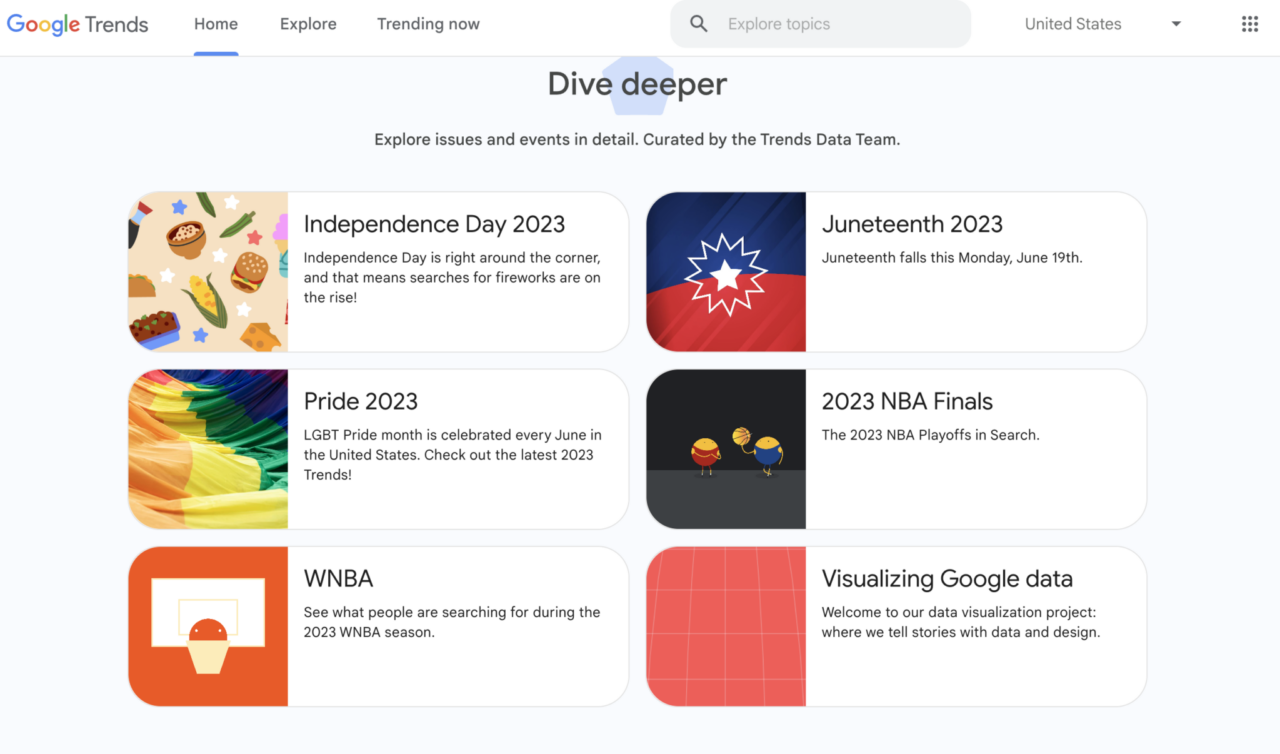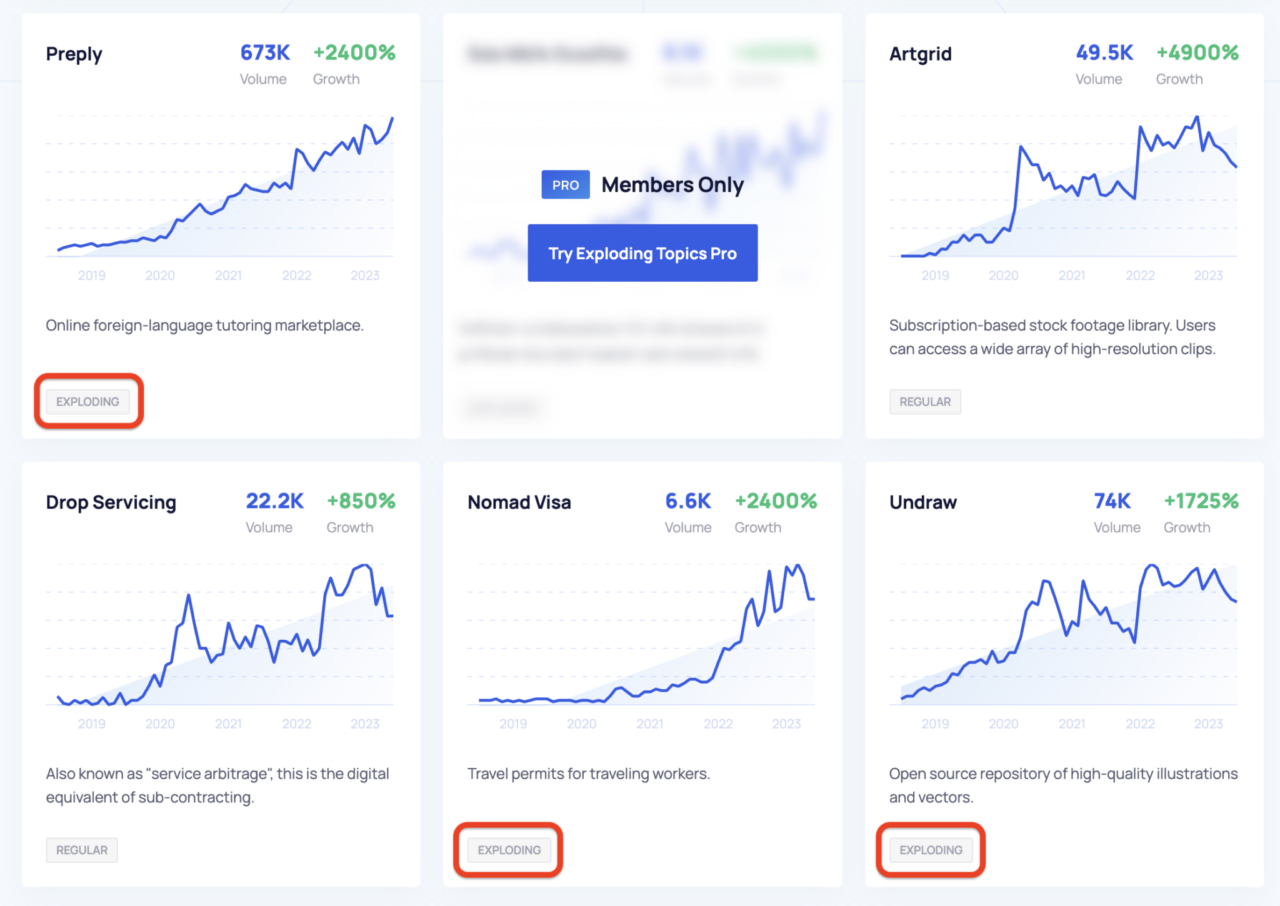Are you frustrated with stagnant blog traffic despite consistently publishing new content? Well, you’re not alone there.
It’s a common challenge faced by many bloggers and content creators. It’s the feeling of being stuck in a rut and no matter what you’re doing, your content just doesn’t seem to garner any traction.
In this blog post, we’ll delve into effective strategies to boost your blog’s traffic.
Recognizing and Understanding Content Gaps
One main reason why your blog traffic could be on a downward path even though you’re publishing a lot of great content is: content gaps.
A content gap refers to the difference between what information is currently available on your blog on a given topic and what a target audience or user group is actually searching for or needs. Gaps are a common pitfall in blogging, arising when you inadvertently fall into the trap of repeatedly targeting the same keywords or topics.
This can lead to a phenomenon known as cannibalization, where your own blog posts end up competing against each other for search engine rankings. As a result, you miss out on potential opportunities to attract diverse audiences and expand your reach.
But when you explore untapped topics and keywords, you can generate fresh ideas that resonate with your audience and attract more visitors to your blog. To overcome content gaps and revitalize your blog’s traffic, it’s crucial to perform a content gap analysis – that is, identify the keywords and topics that your competitors are successfully ranking for but that you have yet to explore.

A content gap analysis involves a careful examination of your existing content and the keywords you’ve been targeting thus far.
Ask yourself: What keywords are you currently ranking for? Which topics have you covered extensively? By pinpointing these areas, you can gain a clear understanding of the content gaps that exist in your blog.
But the real game-changer lies in discovering the untapped areas that your competitors have capitalized on.
Analyze the content produced by your competitors or blogs within your industry that are performing well. Which topics have they covered that you haven’t? What keywords are they targeting that you’ve overlooked?
These content gaps represent golden opportunities for growth and expansion.
Rather than merely replicating what others have done, you can provide fresh perspectives and unique insights on topics that have been overlooked or underrepresented. This positions you as a thought leader and helps you attract a wider audience, ultimately driving more traffic to your blog.
The process of identifying content gaps should be an ongoing one. Regularly assess your blog’s performance, keep an eye on industry trends, and stay informed about the topics your competitors are covering. Continuously reiterate your content strategy and aim to fill those gaps with optimized blog posts.
Related Content: 30 Ways to Come Up with Great Ideas for Your Blog Posts
Leveraging Tools to Identify Content Gaps
To identify content gaps effectively, you can use various tools that can help you detect keywords and topics that people are searching for that may be absent from your site.
Here are some of the best tools you can use to uncover those gaps:
Ahrefs
This tool allows you to compare your blog’s performance with that of your competitors. By analyzing this data, you can discover the keywords and topics where you may be falling behind. Understanding how your competitors are performing can help you identify areas for improvement and develop strategies to bridge the content gaps.

Google Trends
Keyword research tools may provide backward-looking data, which may not always reflect current trends. To stay on top of what people are actively searching for, Google Trends is a helpful resource. It provides information on trending topics and popular search queries, allowing you to align your content with current interests and preferences of your target audience.

Answer the Public
Answer the Public provides insights into the questions people are asking related to a particular topic or keyword.
When you enter a keyword or topic, the tool retrieves and presents a set of questions, prepositions, comparisons, alphabeticals, and related searches that people often ask about that topic on search engines like Google.
This tool is especially useful for:
- Understanding the concerns, questions, and interests of your target audience.
- Identifying content gaps on your website.
- Generating ideas for blog posts, articles, and other content.
- Optimizing your content for SEO by targeting specific questions and phrases people are searching for.

Exploding Topics
This tool from Brian Dean can help you uncover emerging trends and tap into relevant conversations. It identifies topics that are gaining traction and can give you a head start in creating content that is likely to resonate with your audience.

When you use each of these tools together, it should give a sufficient picture of surging topics related to your vertical. With that information, you can develop a comprehensive understanding of content gaps and create engaging blog posts that address them.
Regularly monitoring and analyzing your blog’s performance and staying informed about current trends will allow you to provide valuable content that meets the needs of your audience and help you stand out in a crowded online landscape.
Embracing Trending and News-Related Content
The internet is basically built for people with short attention spans. At least, we could argue that it is progressively moving that direction. More and more content is being pared down to be easily digestible within the space of a couple minutes.
In light if this, it is crucial for bloggers and content creators to adapt their strategies to capture search engine attention and attract a broader audience.
One effective way to achieve this is by incorporating trending and news-related content into your blog strategy. This approach, known as newsjacking, allows you to leverage current events and trends, enabling you to seize opportunities as they arise.
To successfully leverage news-related content, it is essential to keep a close eye on industry trends, breaking news, and statistical updates. This not only enhances your blog’s credibility but also helps in building a loyal readership.

Diving deep into these subjects is key to providing unique insights and analysis that set your content apart. This approach also allows you to target long-tail keywords, which are more specific and often less competitive, thereby maximizing your blog’s visibility in search engine results.
It’s important to note that search engines thrive on fresh, valuable content. Regularly updating your blog with relevant and timely content not only helps you stay relevant in the eyes of search engines but also encourages readers to return to your blog for the latest insights and information.
Pruning and Combining Posts for Enhanced Ranking
It’s not uncommon for multiple blog posts within the same website to compete for the same search queries. This is what we commonly know as cannibalization, where the presence of multiple similar posts dilutes the ranking potential of each individual post.
To overcome this phenomenon and optimize your blog’s ranking potential, it is prudent that you strategically merge any competing posts, creating a consolidated and comprehensive resource that signals search engines of your expertise in the given topic:

To start the process of pruning and combining posts, begin by reviewing your existing blog content. Identify posts that have similar target keywords or cover overlapping topics. These are the posts that are likely to cannibalize each other’s rankings.
Once you have identified the posts to be merged, consider combining them into a single, robust piece of content that offers comprehensive insights. This consolidation not only strengthens your blog’s relevance but also improves the user experience by providing a one-stop solution to their queries.
When combining posts, you may need to restructure and rewrite certain sections to ensure a smooth flow and cohesive narrative. Additionally, consider updating any outdated information or statistics to maintain the freshness and accuracy of the content.
During the merging process, be mindful of preserving any existing backlinks or social media shares that the individual posts have accumulated.
Related Content: 7+ Content Optimization Strategies to Increase Your Rankings
Last Thoughts on What to Do When Your Traffic Is Down
There is a lot of blog content out there on the web, and most of it isn’t that great. You can elevate your brand by being one of the positive forces on the internet that is producing quality content that satisfies a need.
Look at content gaps not as a bad thing, but as an opportunity for growth. Stay ahead of the curve with engaging posts that make your blog a go-to resource for readers and search engines.
Remember this: Consistency is key.
Apply these approaches diligently for at least six months to see noticeable results. Be patient, and you’ll likely see a positive impact on your blog’s traffic.
If you’re ready to get smart with your content, Single Grain’s content marketing experts can help!👇
Repurposed from our Marketing School podcast.






